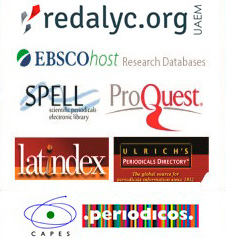MULTIDIMENSIONAL ANALYSIS OF PETROBRAS VALUATION
DOI:
https://doi.org/10.14210/alcance.v28n3(Set/Dez).p298-314Keywords:
Evaluation of companies, Petrobras, Finance.Abstract
Objective: This study aimed to assess whether there was an impact in relation to the events of corruption and fraud in the valuation of the company Petrobras Relevance: The relevance of this study is to reinforce the economic and financial importance in the process of valuing companies, in order to direct the decisions of stakeholders and shareholders themselves in an unfavorable environment and also to motivate new work in the process of valuing companies and value-based management. This survey can be used as a compact guide for comparing the various valuation metrics in the estimation of value, based on one of the largest companies in the oil segment with events of corruption and fraud. These valuation models are used by many analysts, investment firms and institutions at a highly detailed level, in order to determine the fairest value of a company for the purposes of mergers, divisions and acquisitions, company dissolution, company liquidation, investments and performance evaluation of managers. These demands imply decisions that determine the continuity or discontinuity of an investment or business. Result: As a result, there was a discrepancy in the models analyzed, although some models followed the same downward or upward trend. The Market Value and Book Equity methods were the ones that came closest, suggesting that Petrobras has low Goodwill, and that the price formed by the market is close to its book value. Each method has its limitations, as well as some evaluations have a certain degree of subjectivity, as they deal with expectations, as in the case of scenarios designed for the FDC or CFF model, due to incorporating subjective assumptions and hypotheses. It is noteworthy that the value of the company Petrobras, in the multiple dimensions of valuation, had an impact of deterioration due to fraud, corruption and other setbacks in the management of the business, such as low operational efficiency, high concentration of indebtedness and a continuous system of divestments, which is in line with the company's planning. Conclusion: there is no more correct or more assertive valuation metric in its entirety, but a directional parameter, which should be used as a basis for decision making concurrently with other indicators.Downloads
Published
2021-08-31
Issue
Section
Article


